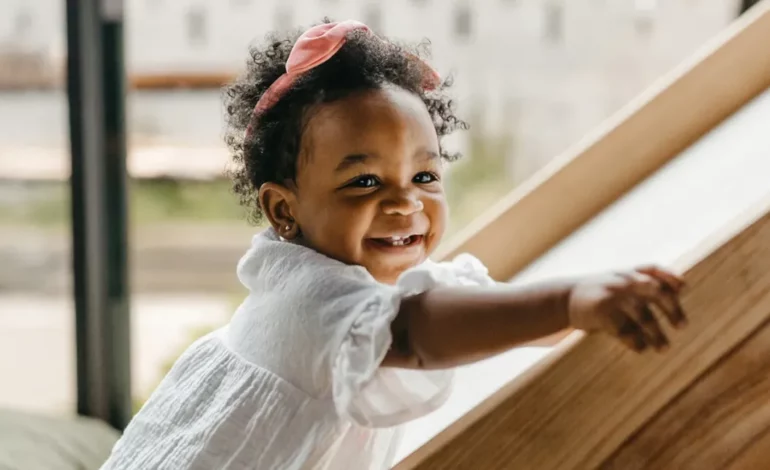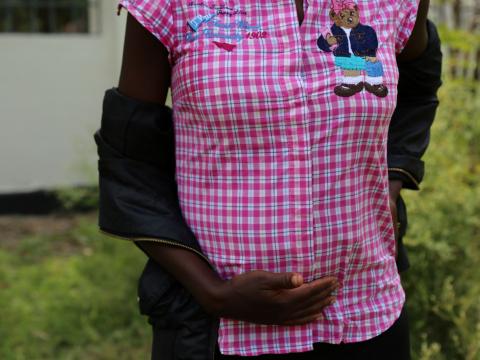Piercing a baby’s ears is a personal and often cultural choice that parents may consider. While the sparkle of tiny earrings can be adorable, it’s crucial to approach the decision with careful consideration for the safety and well-being of your little one.
In this guide, we’ll explore important factors to keep in mind before piercing your baby’s ears.
- Age and Development: Pediatricians generally recommend waiting until a baby is at least 2 to 3 months old before getting their ears pierced. This ensures that the baby’s immune system has developed, reducing the risk of complications associated with the piercing process.
- Infection Risk: Babies are more susceptible to infections, emphasizing the importance of choosing a professional and hygienic place for ear piercing. Opt for a piercer who uses sterilized equipment and follows strict hygiene protocols to minimize the risk of infection.
- Professional Piercing: Select a professional piercer or a pediatrician experienced in infant ear piercing. These experts possess the necessary skills and equipment to ensure a safe and relatively painless procedure.
- Metal Allergies: Consider the type of metal used for the earrings. Hypoallergenic materials such as gold, titanium, or surgical stainless steel are recommended to minimize the risk of allergic reactions, ensuring your baby’s comfort.
- Aftercare: Follow the aftercare instructions provided by the piercer diligently. Cleaning the pierced area with a saline solution and avoiding contact with dirty hands are crucial steps to prevent infection and ensure a smooth healing process.
- Pain and Discomfort: While the pain associated with ear piercing is typically brief, babies may experience some discomfort. Be prepared to comfort and soothe your baby during and after the procedure, offering them the reassurance they need.
- Risk of Asymmetry: Babies’ ears are still growing, and the position of the piercings may appear asymmetrical as they develop. Understand that this is a natural part of growth and may not be entirely avoidable.
- Parental Consent: Ensure that both parents agree with the decision to pierce the baby’s ears. Open communication is crucial, and decisions should be made collaboratively with the child’s best interests in mind.
- Informed Decision: Educate yourself about the procedure, potential risks, and aftercare before making a decision. Discuss any concerns or questions with the piercing professional or consult with your pediatrician to ensure you make an informed choice.
- Temporary Discomfort: It’s normal for babies to experience temporary discomfort, redness, or swelling after the piercing. Keep a close eye on the pierced area, and if you notice any signs of infection, consult a healthcare professional promptly.
Piercing your baby’s ears can be a beautiful and memorable experience, but it requires careful consideration and responsible decision-making. Prioritize your baby’s health and comfort, and seek guidance from professionals to ensure a safe and positive ear-piercing experience for both you and your little one.








